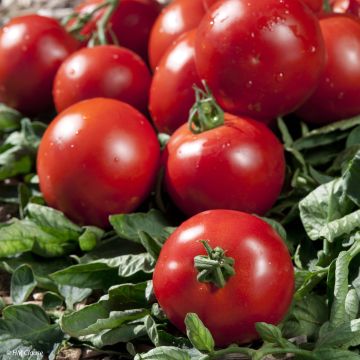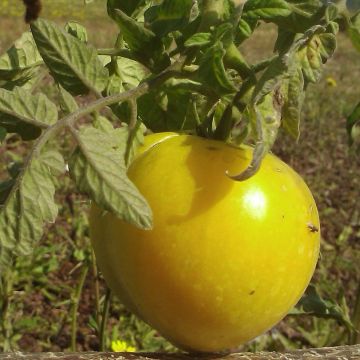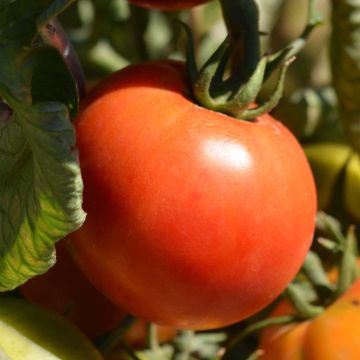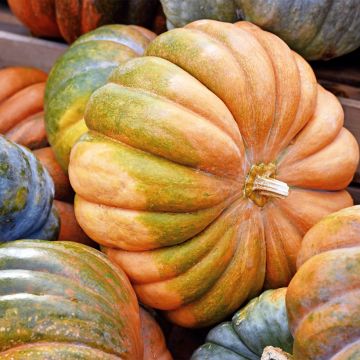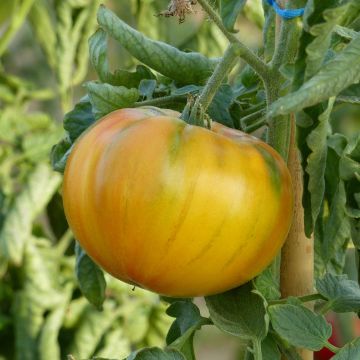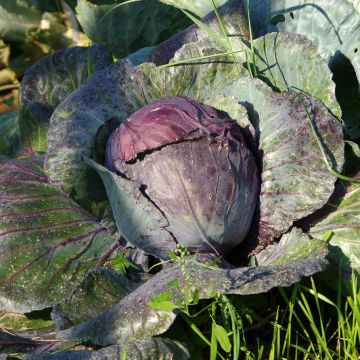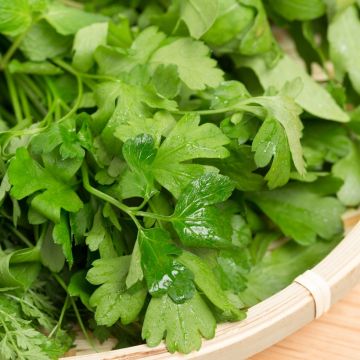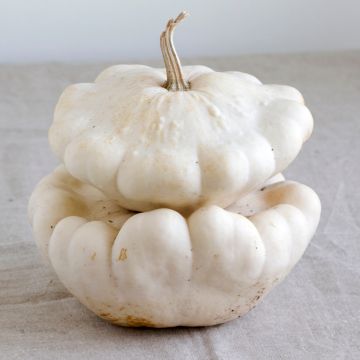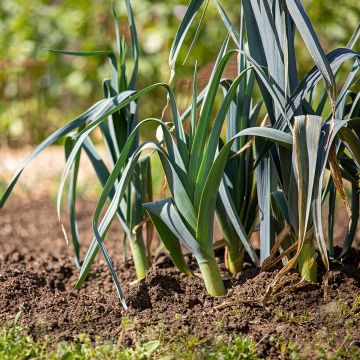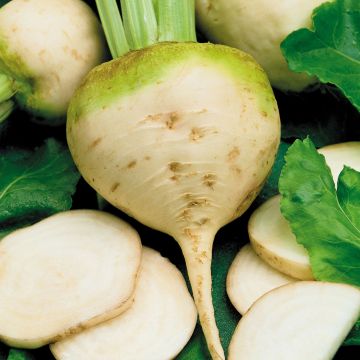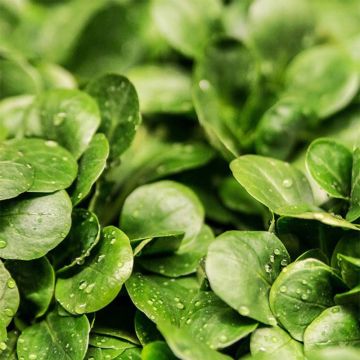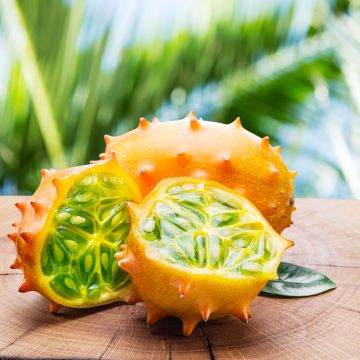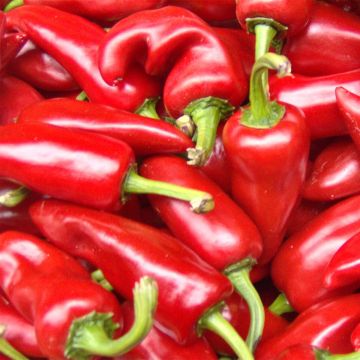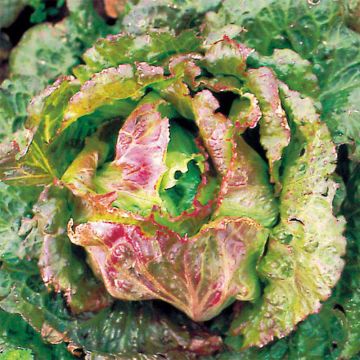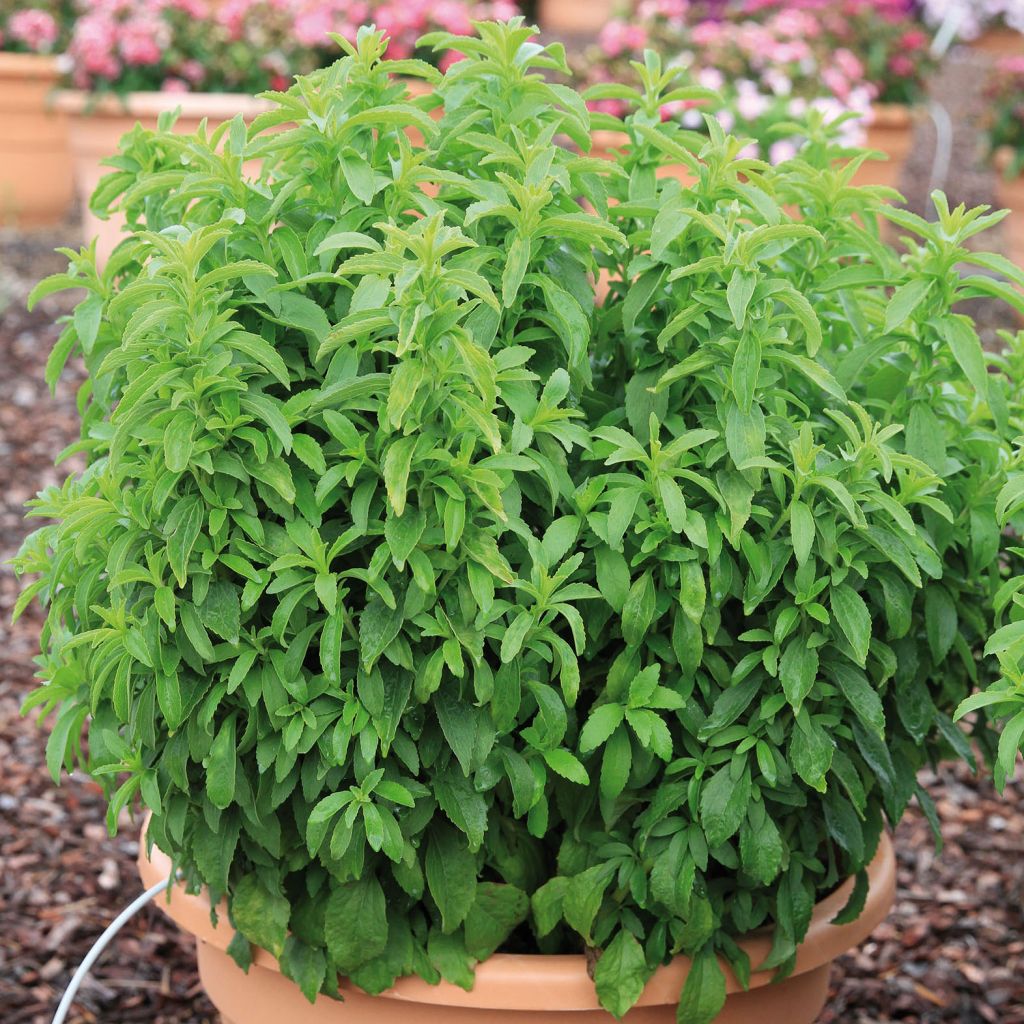

Stevia rebaudiana Sweet Honey BIO en plants - Plante à sucre
Stevia rebaudiana Sweet Honey in plants
Stevia rebaudiana Sweet Honey
Stevia, Sweetleaf, Sugarleaf
Great 10/10 because everything I bought from you was superb and of good quality. Thank you and see you next time. Best regards, Lucienne.G from Riom 63.
elyo.ales@gmail.com, 17/09/2024
Special offer!
Receive a €20 voucher for any order over €90 (excluding delivery costs, credit notes, and plastic-free options)!
1- Add your favorite plants to your cart.
2- Once you have reached €90, confirm your order (you can even choose the delivery date!).
3- As soon as your order is shipped, you will receive an email containing your voucher code, valid for 3 months (90 days).
Your voucher is unique and can only be used once, for any order with a minimum value of €20, excluding delivery costs.
Can be combined with other current offers, non-divisible and non-refundable.
Home or relay delivery (depending on size and destination)
Schedule delivery date,
and select date in basket
This plant carries a 6 months recovery warranty
More information
We guarantee the quality of our plants for a full growing cycle, and will replace at our expense any plant that fails to recover under normal climatic and planting conditions.
Description
The Stevia rebaudiana Sweet Honey Organic is commonly called the sugar plant because its leaves have a strong sweetening power, much higher than sugar. This herbaceous plant native to South America can be grown in pots or in the ground in regions with mild winters. The leaves of this natural sweetener can be used as a replacement for sugar, with the advantage of providing no calories. The plug plants of Stevia rebaudiana Sweet Honey can be planted in spring.
Originally from South America, specifically from Paraguay, Stevia needs humidity (without excess) and warmth to grow. It is an herbaceous plant, with a ramified main stem and lanceolate, toothed leaves. It may produce small white flowers at the end of summer, but it is advisable to remove the flowers as soon as they appear, in order not to weaken the plant. Stevia, which will reach a height of 60 cm (24in), will find its place in the vegetable garden or among a group of herbs. Not very hardy, it can be grown in pots or in the ground in regions with very mild winters.
Stevia is cultivated for its leaves, which have a much higher sweetening power than sugar. The leaves can be consumed raw, fresh or dried, as a replacement for sugar in desserts (yogurts, fruit salads, etc.) or in coffee. The two main compounds responsible for this sweet taste are stevioside and rebaudioside A. This natural sweetener has the advantage of providing no calories.
Harvesting: The leaves are picked as needed until the first frost. They are richest in steviosides at the end of summer.
Storage: The leaves can be consumed fresh or dried. Dry them in the shade, grind them into powder, and store them in airtight jars.
Gardener's tip: To keep the plants fresh in summer and protect them from the cold in winter, we recommend mulching the soil with thin, successive layers of grass clippings, if possible mixed with dead leaves. This protection, which keeps the soil moist, also reduces weed growth.
Report an error about the product description
Harvest
Plant habit
Foliage
Other Vegetable plants A to Z
View all →Planting and care
Stevia can be planted directly in the ground in regions with mild winters and may regrow in spring, depending on winter temperatures. For cooler regions, opt for container cultivation, storing it during winter in a cool (10°C (50°F)) and bright place.
Planting plug plants should be done in spring, from March to May.
Initially, let the plug plants grow by transplanting them into trays or 8 to 13 cm (3 to 5in) diameter buckets filled with compost. Place them in a warm and bright location. Water regularly.
In the ground: Stevia thrives in light, fresh, rich, and well-drained soils. Plant it in partial shade or light sun, in a sheltered location. For planting in the ground, wait until the last frosts have passed. Space the plants 40 cm (16in) apart in all directions. Dig a hole, add some well-rotted compost at the bottom, then place the plug plant. Cover with fine soil, leaving the collar exposed, firm it down, and water to keep the soil moist. Before the first frosts, you can mound up the plants and apply a mulch to provide protection against the cold. Stevia has shallow roots that don't tolerate the cold.
In a pot: choose a fairly large pot (20 to 30 cm (8 to 12in) in diameter) and place a layer of gravel or clay balls at the bottom to facilitate drainage. Fill the pot with a mixture of compost and potting soil. Place the plug plant, cover with soil, leaving the collar exposed, and firm it down. Water generously but don't let water stagnate in the saucer.
In both cases:
Remove the flowers as soon as they appear to avoid weakening the plant.
Apply a layer of well-rotted compost on the surface at the beginning of summer.
Water regularly but moderately, reduce watering in winter.
Prune in early winter, cutting 10 cm (4in) above the ground and removing small branches around the main stem.
Cultivation
Care
Intended location
-
, onOrder confirmed
Reply from on Promesse de fleurs
Similar products
Haven't found what you were looking for?
Hardiness is the lowest winter temperature a plant can endure without suffering serious damage or even dying. However, hardiness is affected by location (a sheltered area, such as a patio), protection (winter cover) and soil type (hardiness is improved by well-drained soil).

Photo Sharing Terms & Conditions
In order to encourage gardeners to interact and share their experiences, Promesse de fleurs offers various media enabling content to be uploaded onto its Site - in particular via the ‘Photo sharing’ module.
The User agrees to refrain from:
- Posting any content that is illegal, prejudicial, insulting, racist, inciteful to hatred, revisionist, contrary to public decency, that infringes on privacy or on the privacy rights of third parties, in particular the publicity rights of persons and goods, intellectual property rights, or the right to privacy.
- Submitting content on behalf of a third party;
- Impersonate the identity of a third party and/or publish any personal information about a third party;
In general, the User undertakes to refrain from any unethical behaviour.
All Content (in particular text, comments, files, images, photos, videos, creative works, etc.), which may be subject to property or intellectual property rights, image or other private rights, shall remain the property of the User, subject to the limited rights granted by the terms of the licence granted by Promesse de fleurs as stated below. Users are at liberty to publish or not to publish such Content on the Site, notably via the ‘Photo Sharing’ facility, and accept that this Content shall be made public and freely accessible, notably on the Internet.
Users further acknowledge, undertake to have ,and guarantee that they hold all necessary rights and permissions to publish such material on the Site, in particular with regard to the legislation in force pertaining to any privacy, property, intellectual property, image, or contractual rights, or rights of any other nature. By publishing such Content on the Site, Users acknowledge accepting full liability as publishers of the Content within the meaning of the law, and grant Promesse de fleurs, free of charge, an inclusive, worldwide licence for the said Content for the entire duration of its publication, including all reproduction, representation, up/downloading, displaying, performing, transmission, and storage rights.
Users also grant permission for their name to be linked to the Content and accept that this link may not always be made available.
By engaging in posting material, Users consent to their Content becoming automatically accessible on the Internet, in particular on other sites and/or blogs and/or web pages of the Promesse de fleurs site, including in particular social pages and the Promesse de fleurs catalogue.
Users may secure the removal of entrusted content free of charge by issuing a simple request via our contact form.
The flowering period indicated on our website applies to countries and regions located in USDA zone 8 (France, the United Kingdom, Ireland, the Netherlands, etc.)
It will vary according to where you live:
- In zones 9 to 10 (Italy, Spain, Greece, etc.), flowering will occur about 2 to 4 weeks earlier.
- In zones 6 to 7 (Germany, Poland, Slovenia, and lower mountainous regions), flowering will be delayed by 2 to 3 weeks.
- In zone 5 (Central Europe, Scandinavia), blooming will be delayed by 3 to 5 weeks.
In temperate climates, pruning of spring-flowering shrubs (forsythia, spireas, etc.) should be done just after flowering.
Pruning of summer-flowering shrubs (Indian Lilac, Perovskia, etc.) can be done in winter or spring.
In cold regions as well as with frost-sensitive plants, avoid pruning too early when severe frosts may still occur.
The planting period indicated on our website applies to countries and regions located in USDA zone 8 (France, United Kingdom, Ireland, Netherlands).
It will vary according to where you live:
- In Mediterranean zones (Marseille, Madrid, Milan, etc.), autumn and winter are the best planting periods.
- In continental zones (Strasbourg, Munich, Vienna, etc.), delay planting by 2 to 3 weeks in spring and bring it forward by 2 to 4 weeks in autumn.
- In mountainous regions (the Alps, Pyrenees, Carpathians, etc.), it is best to plant in late spring (May-June) or late summer (August-September).
The harvesting period indicated on our website applies to countries and regions in USDA zone 8 (France, England, Ireland, the Netherlands).
In colder areas (Scandinavia, Poland, Austria...) fruit and vegetable harvests are likely to be delayed by 3-4 weeks.
In warmer areas (Italy, Spain, Greece, etc.), harvesting will probably take place earlier, depending on weather conditions.
The sowing periods indicated on our website apply to countries and regions within USDA Zone 8 (France, UK, Ireland, Netherlands).
In colder areas (Scandinavia, Poland, Austria...), delay any outdoor sowing by 3-4 weeks, or sow under glass.
In warmer climes (Italy, Spain, Greece, etc.), bring outdoor sowing forward by a few weeks.
































